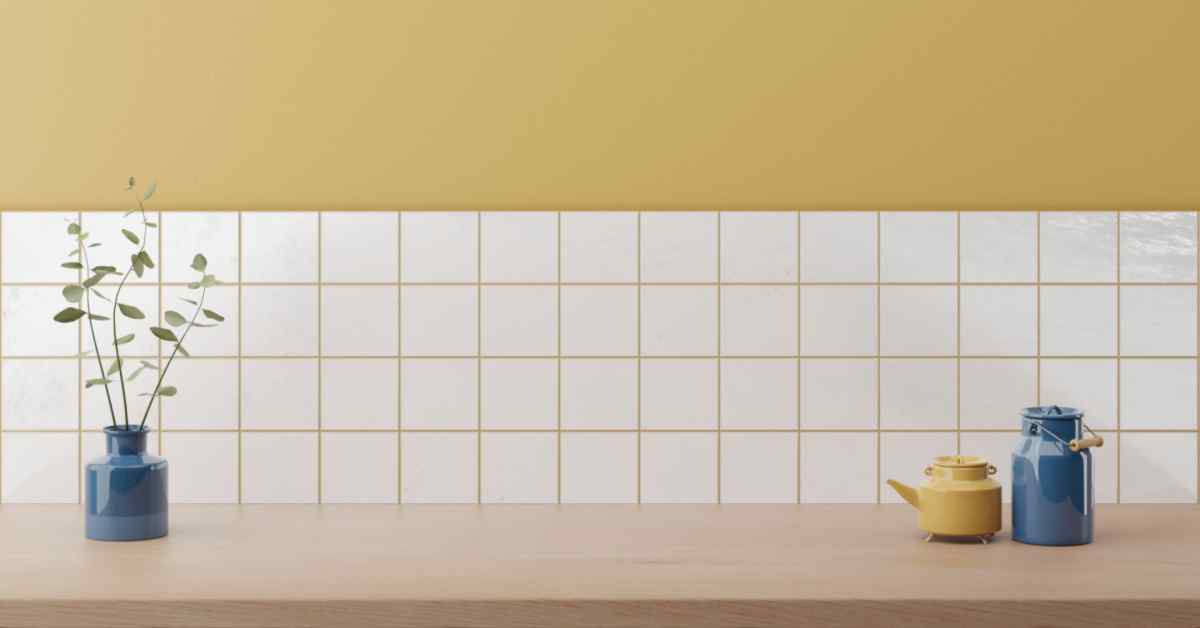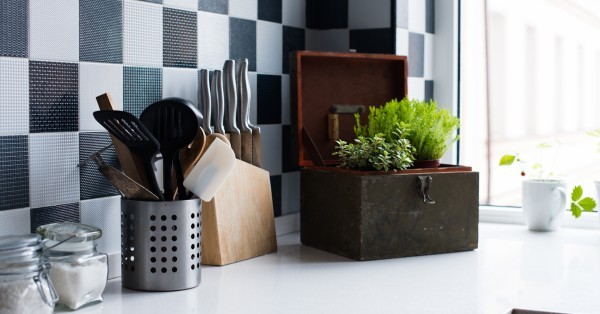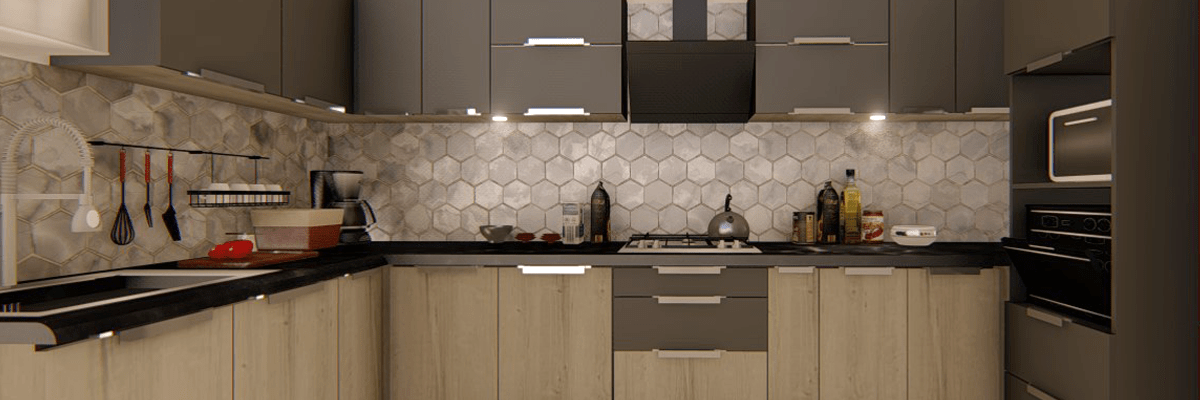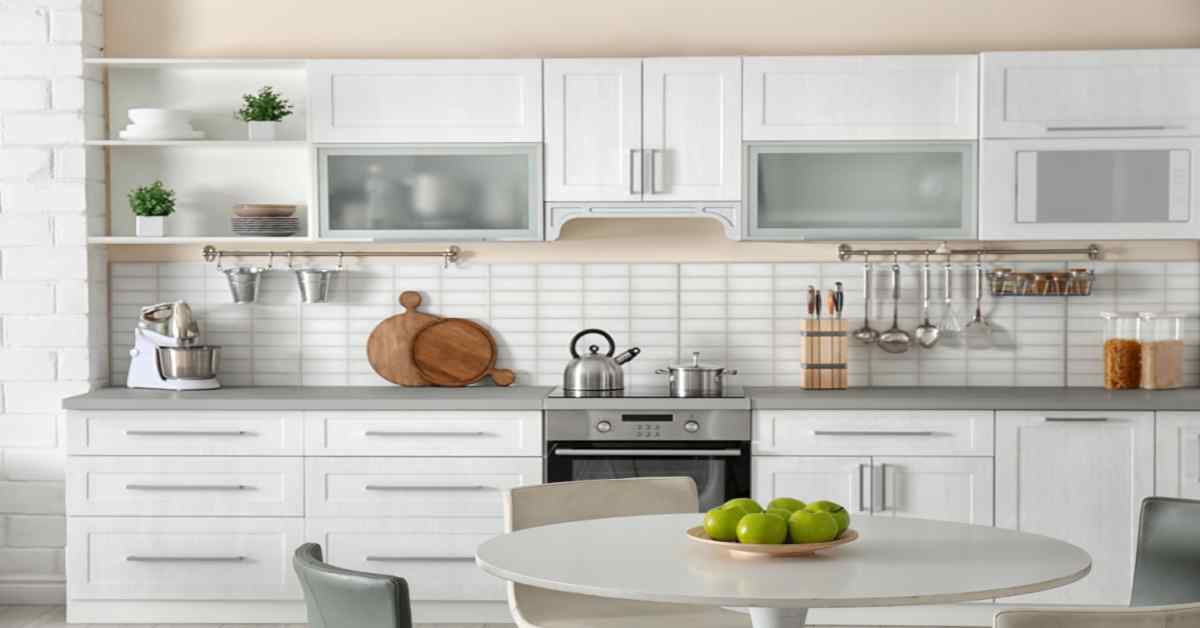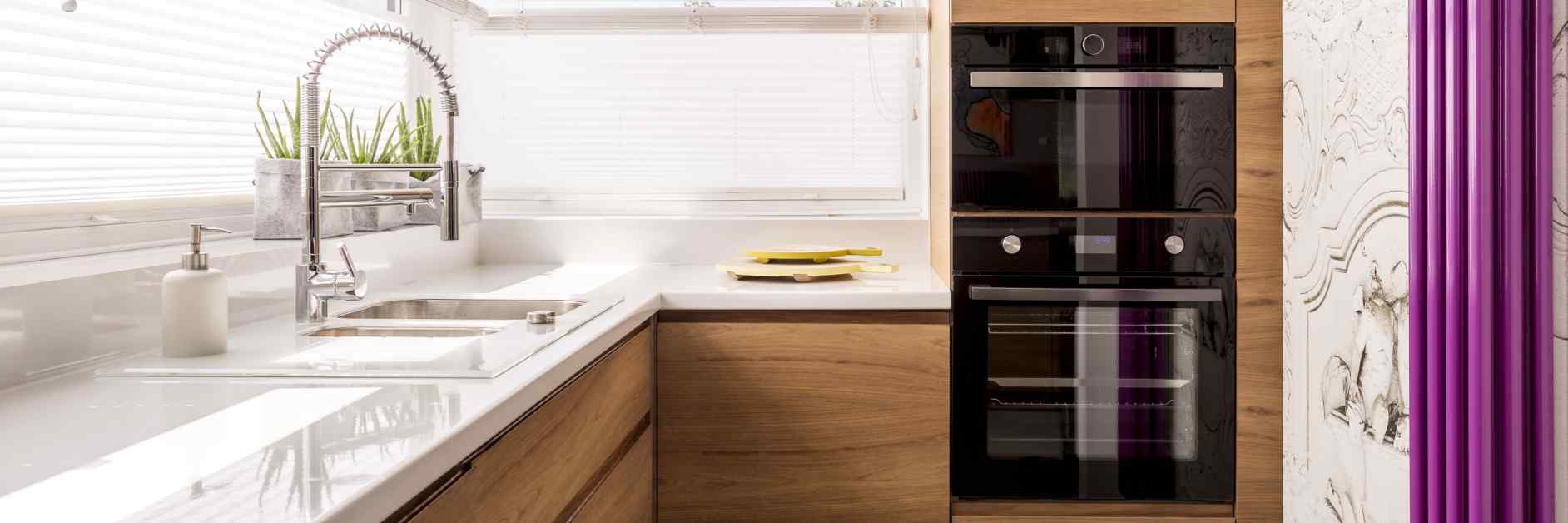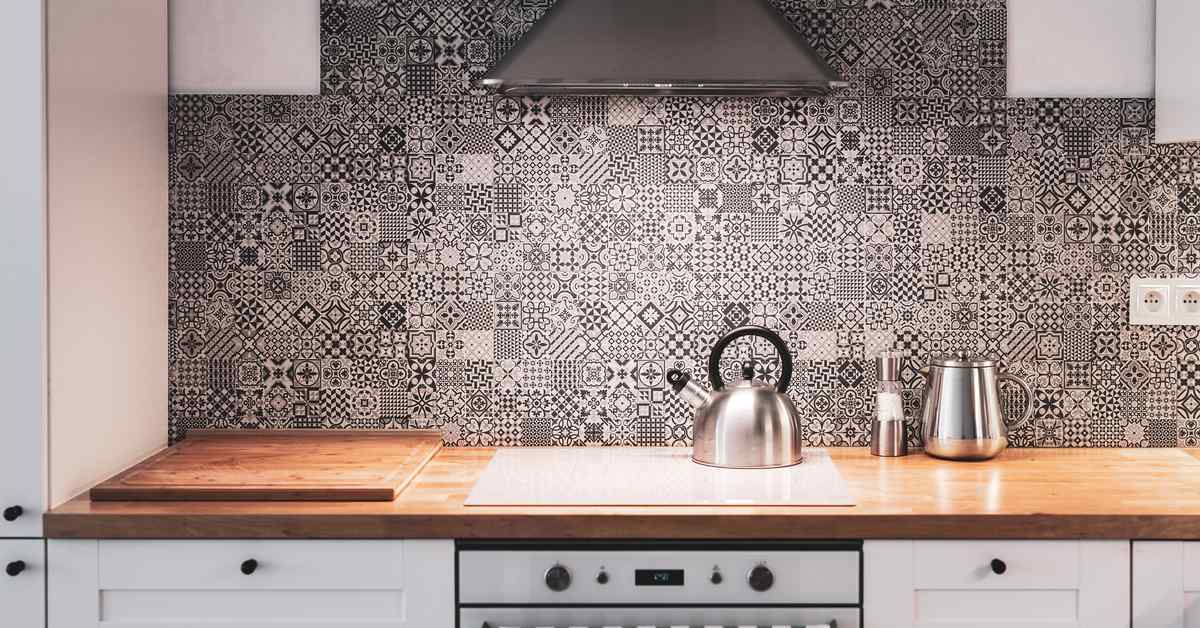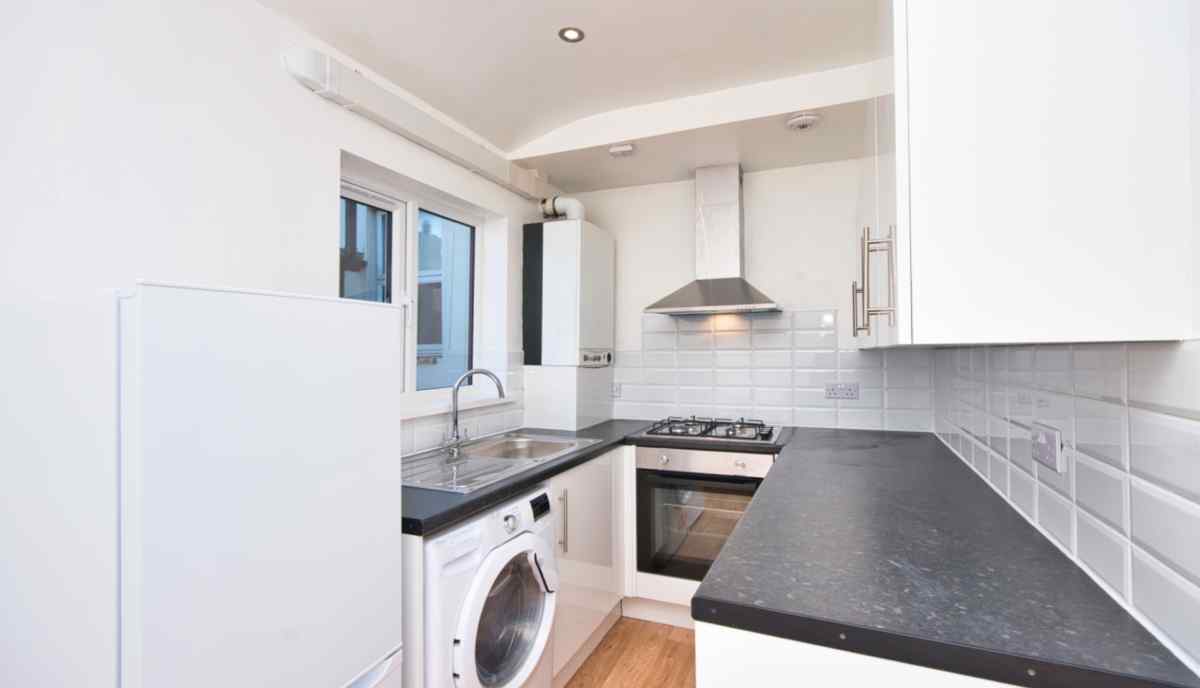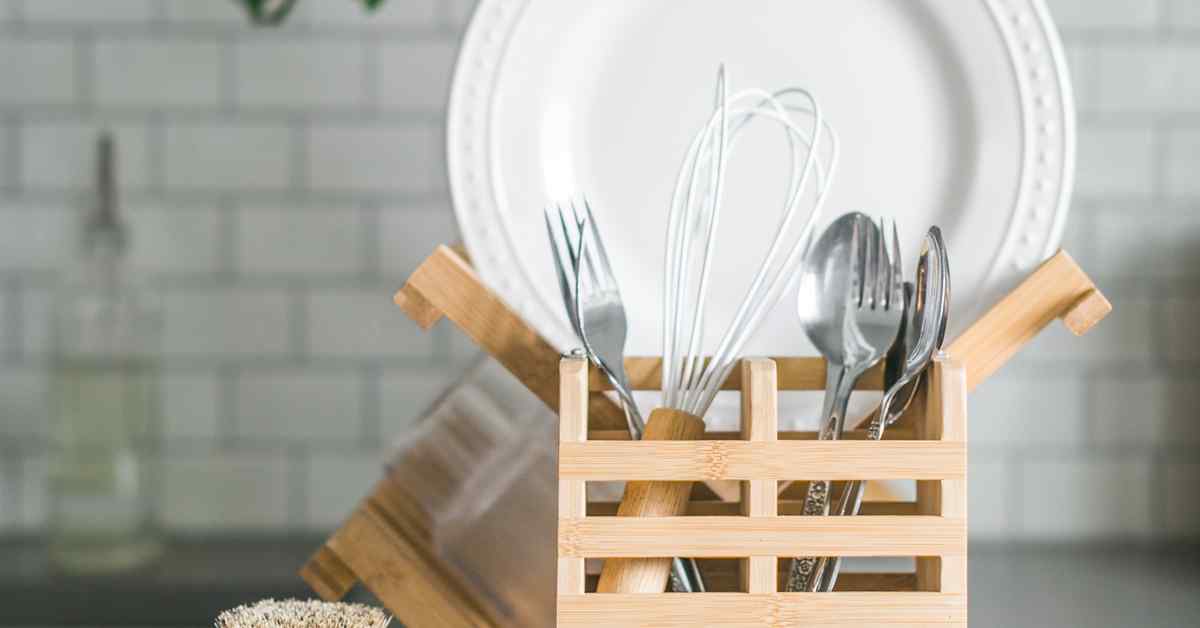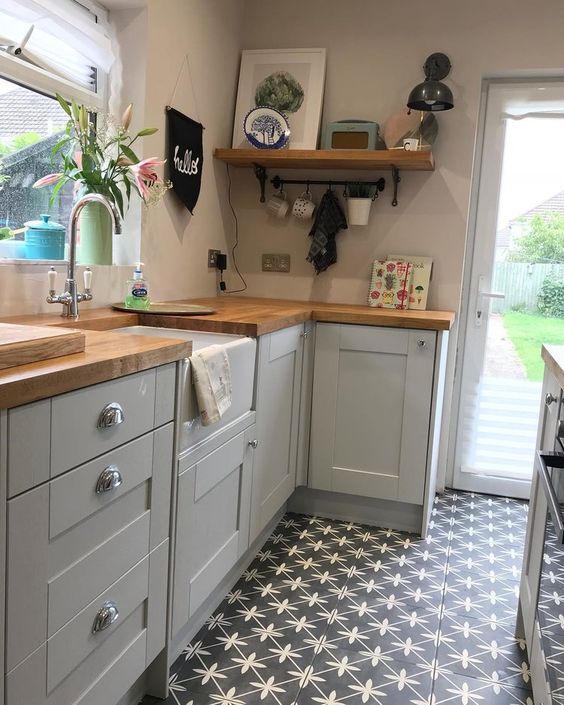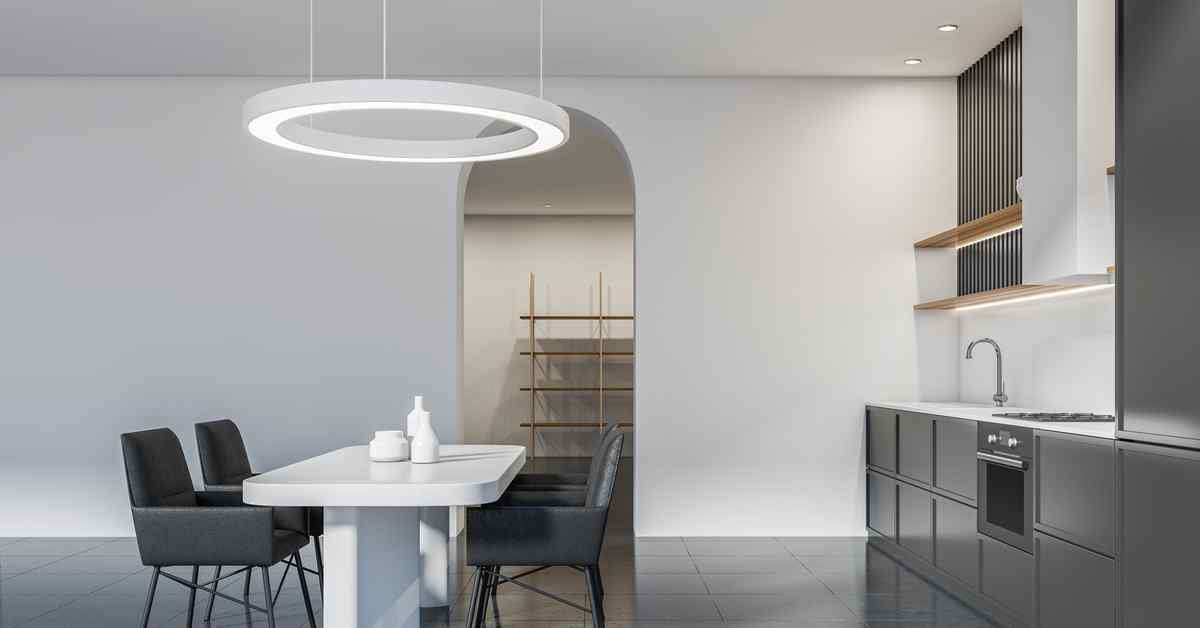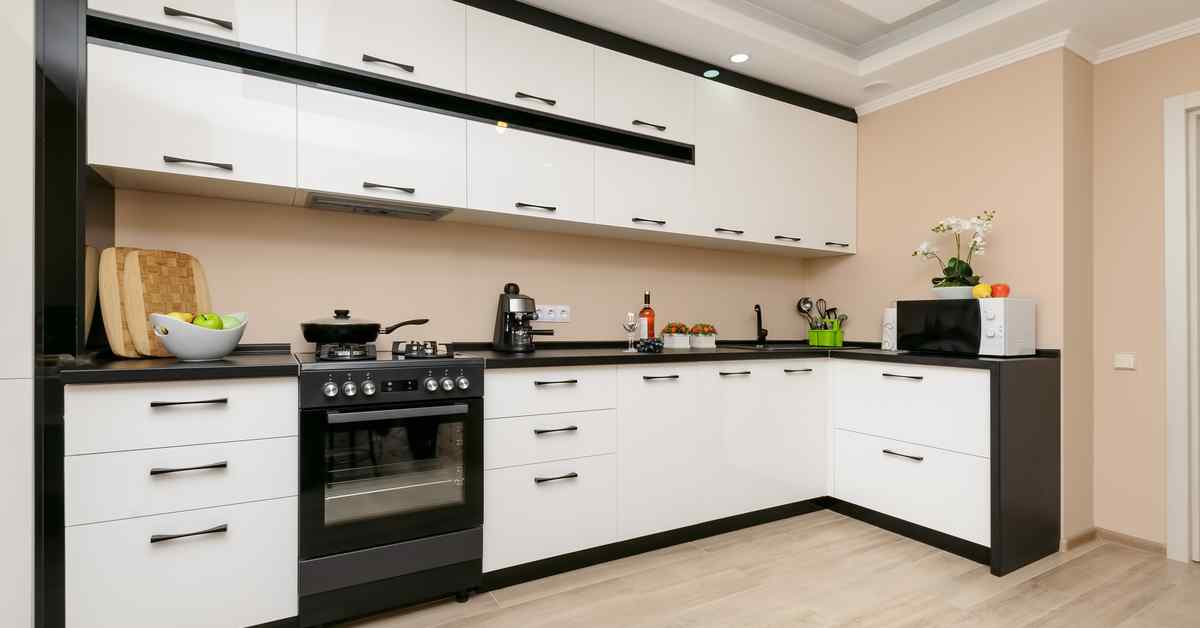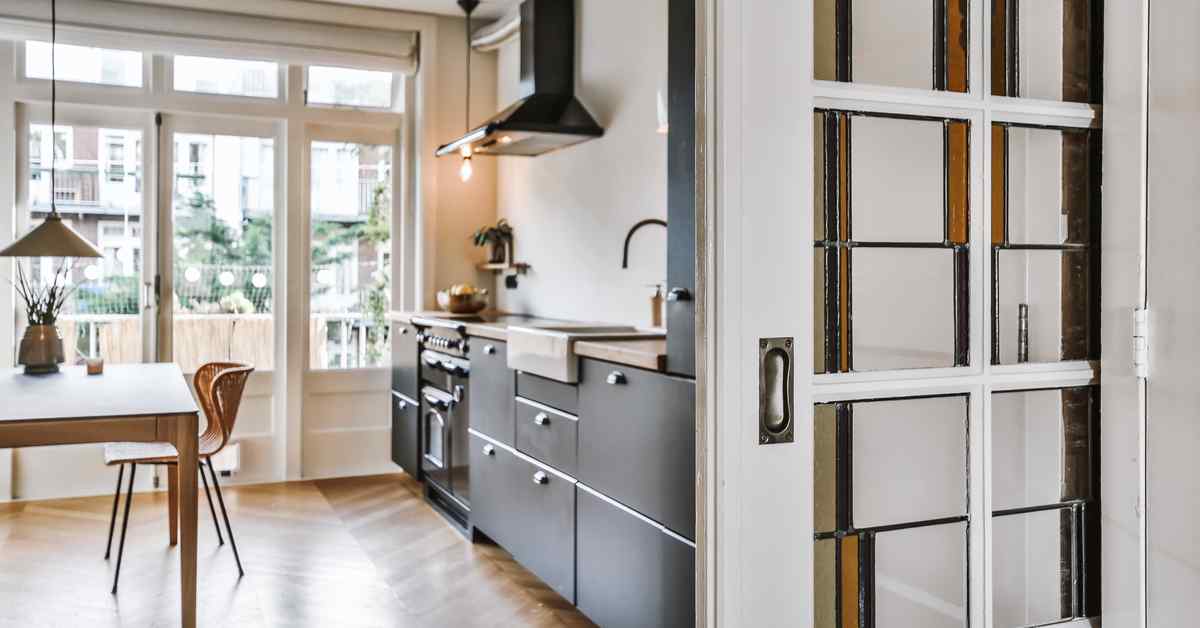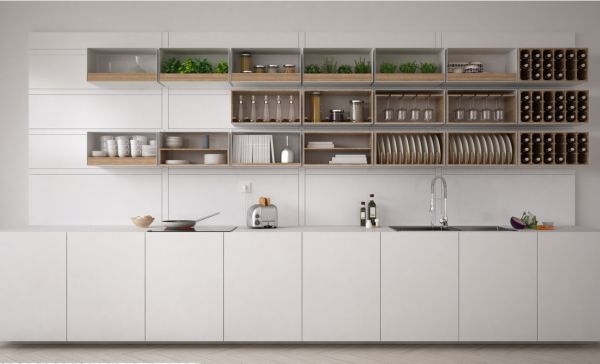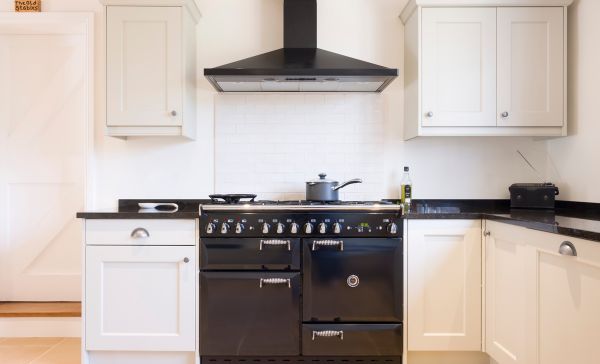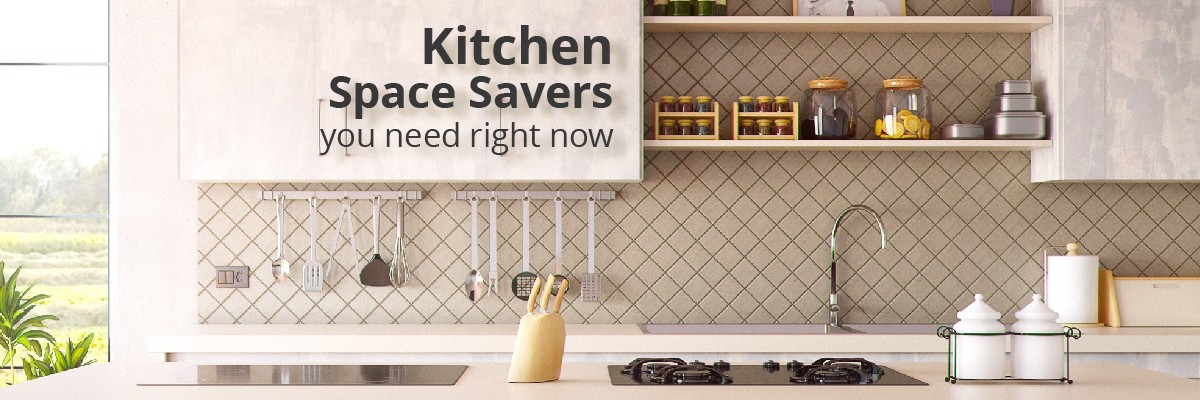Let’s face it– you haven’t thought much about how to pack your kitchen when you move out of your home. Not to worry, we’ve consulted with the experts and have created a foolproof procedure you can follow to pack your kitchen utensils and appliances in an orderly, stress-free manner.
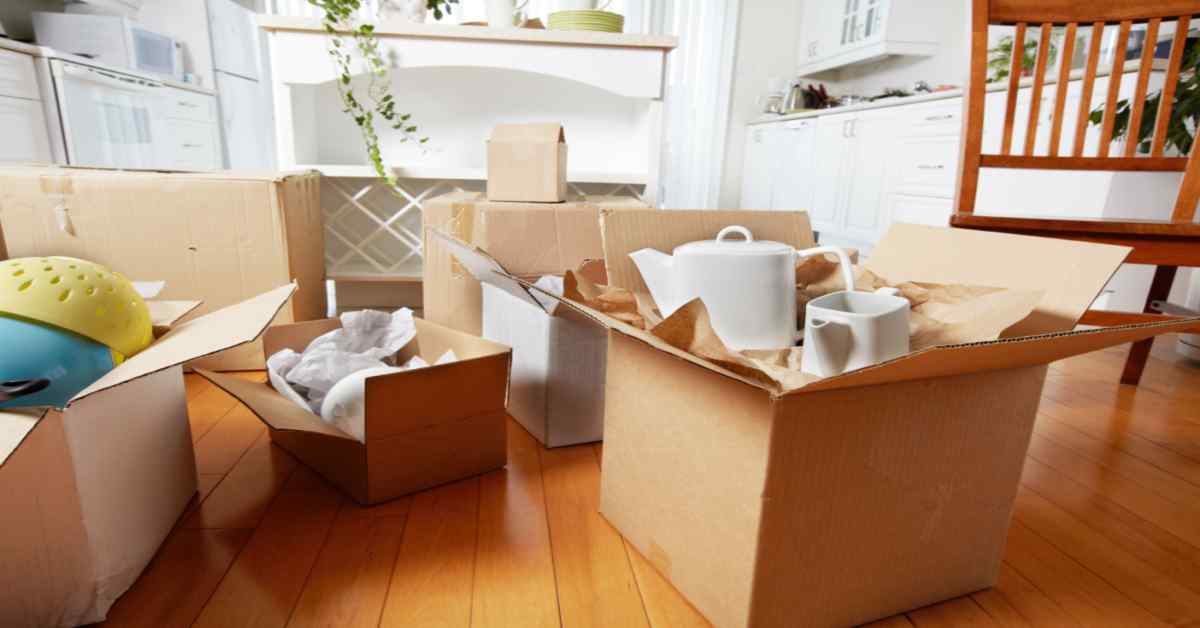
Things we covered for you
How to Pack Kitchen Items for Moving
Before we move any further, here’s a summary table that you can use to easily approach your packing process for the various kitchen items—
| Item Category | Packing Description |
| Smaller Appliances | Food Processors, Mixers, Toasters etc, Wrap each appliance in bubble wrap or a protective layer. Secure with tape and place in a sturdy box with padding to prevent movement. |
| Microwave | Remove the glass tray, and wrap it separately. Wrap the microwave in a protective layer and secure it in a box with padding. |
| Baking Pans, Cookware, Pots and pans | Stack by size, and wrap each in bubble wrap or packing paper. Place in a box with layers of packing material between each item. |
| Utensils, Cutlery | Wrap bundles of utensils in packing paper or bubble wrap. Secure with rubber bands or tape. Place in a small box or cutlery tray. |
| Dishes, Glasses, Kitchen Knives | Wrap each item individually with bubble wrap or packing paper. Cushion with packing peanuts or crumpled paper in a box. Separate layers with cardboard dividers. |
How to Pack Various Kitchen Utensils for Moving
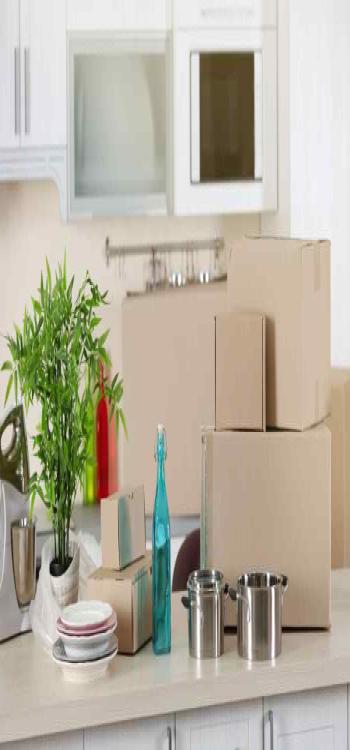
Now let’s take a case-by-case look at how to pack kitchen items for moving
Read: Transport in Bangalore Vs. Transport in Mumbai
How To Pack A Microwave For Moving
To pack a microwave for moving first, unplug it and clean the interior thoroughly. Remove any detachable parts, such as the glass tray and turntable, and pack them separately. Wrap the microwave in bubble wrap or padding material to protect it from damage.
Place it in a sturdy box, preferably the original packaging, or use a box of similar size. Fill any empty spaces with packing paper or towels to prevent shifting during transit. Seal the box securely with tape and label it as “Fragile” before moving.
How to Pack Cookware for Moving
To pack cookware for moving, clean and dry each item, then stack them together with packing paper or cloth between them to prevent scratching. Place them in a sturdy box and secure it with packing material to minimise movement during transit.
- Packing Pots and Pans for Moving: When packing pots and pans for moving, begin by cleaning and drying them thoroughly. For pots and pans of different materials, such as stainless steel and non-stick, wrap them individually in appropriate packing material to prevent scratches and damage.
Nest smaller pots inside larger ones to save space and maximise efficiency. Place them in a sturdy box and secure them using packing paper or towels to prevent any movement during transportation.
- Packing Baking Pans for Moving: Clean and dry them thoroughly. Stack pans of similar sizes together and use packing paper or towels to separate them. Place them in a suitable box and secure it to prevent shifting during the move.
- How to Pack Big Pots and Pans for Moving: To pack large pots and pans for moving, clean and dry them. Wrap each item separately in protective material and place them in a sturdy, appropriately sized box. Fill any gaps with packing paper to prevent shifting during the move.
- Packing Baking Pans for Moving: Clean and dry them thoroughly. Stack pans of similar sizes together and use packing paper or towels to separate them. Place them in a suitable box and secure it to prevent shifting during the move.
- How to Pack Kitchen Dishes for Moving: When packing kitchen dishes for moving, stack them vertically with padding material in between each piece. Place them in a durable box and use packing paper or bubble wrap to ensure they remain secure and protected during transit.
- Packing Cutlery for Moving: To pack cutlery for moving, group similar items together and wrap them in packing paper or cloth. Place them in a box with dividers or utensil organisers to prevent tangling or damage during the move.
- Packing Kitchen Glasses for Moving: When packing kitchen glasses for moving, wrap each glass individually in packing paper or bubble wrap. Arrange them in a sturdy box, layering with padding material, and label the box as fragile to ensure careful handling.
- Packing Kitchen Knives for Moving: To pack kitchen knives for moving, cover the blades with cardboard or knife guards for safety. Bundle them together and secure them with tape. Place them in a box with adequate padding to prevent any accidents during the move.
How to Pack Kitchen Appliances for Moving(Refrigerator, Oven, Toaster, etc)

Packing Large Kitchen Appliances for Moving
- Ensure that you clean your refrigerator, oven, and dishwasher meticulously to remove any residues. It’s essential to disassemble any detachable parts and pack them separately for safe transportation.
- Wrap these appliances carefully with bubble wrap or towels to shield them from potential scratches and dents. Select robust, appropriately sized boxes or crates for each appliance, and consider using their original packaging if possible.
- Fill any voids in the packaging with suitable packing materials to immobilise the items and prevent shifting during transit.
How to Pack Small Appliances for Moving
To pack small kitchen appliances for moving, clean and dry each item meticulously. For instance, clean your food processor, electric kettle, and hand mixer. Wrap them individually in protective material, such as bubble wrap or towels, to ensure their safety. Place these small appliances in a suitable box, filling any gaps with packing paper or cloth to prevent shifting during the move.
Read: Best Packers and Movers in Kannamangala Bangalore
How to Pack Kitchen for Moving(Kitchen Packing Procedure)
Here’s a procedure that you can follow when you’re packing your kitchen items for moving out of your house. For all those items which might need special attention we’ve created a separate section detailing how to pack each of those items.
1. Gather Essential Packaging Materials
Gather all the packing materials that you might need before you get started. This way you won’t have to interrupt your process any time to buy stuff that you need at the time of packing— guaranteeing a smoother and more efficient packing experience.
Start by acquiring sturdy boxes in various sizes, suitable for different kitchen items. Invest in quality packing tape for securing the boxes and bubble wrap or packing paper for cushioning and protecting your items.
Don’t forget to include labels or markers to clearly identify the contents of each box, which will immensely help during the unpacking phase. Gathering these materials beforehand ensures you’re well-prepared and can pack your kitchen items methodically, reducing the risk of damage during the move. This preparatory step is key to a stress-free and organised relocation of your kitchen.
Here’s a list of items that might be helpful for you
- Assorted Boxes: Include small, medium, and large sizes for various kitchen items. Consider speciality boxes for fragile items like dishes and glasses.
- Bubble Wrap: Essential for wrapping and protecting fragile items such as dishes, glasses, and delicate appliances.
- Packing Paper: Useful for wrapping items and filling empty spaces in boxes to prevent movement.
- Packing Tape: Strong tape to securely seal boxes and keep contents safe during the move.
- Labelling Materials: Permanent markers or labels for clearly marking box contents and handling instructions.
- Foam Padding or Packing Peanuts: Additional cushioning materials for extra protection of your items, especially useful for packing appliances and electronics.
Additionally HERE are some DIY packing materials that you can use to save money on packing:
- Newspapers: An economical alternative to packing paper, ideal for wrapping dishes, glasses, and other fragile items.
- Old Towels and Linens: Great for wrapping and padding larger items or filling empty spaces in boxes.
- Used Boxes: Collect boxes from local stores or friends who have recently moved, ensuring they are still sturdy.
- Clothing or Socks: Use them as padding around fragile items or to fill gaps in boxes.
- Egg Cartons: Excellent for storing and transporting smaller items or jewellery.
- Reusable Shopping Bags: Ideal for carrying non-fragile kitchen items like utensils, cutlery, or pantry items.
2. Declutter Before You Pack: Simplify Your Kitchen Move
Up next, let’s sort and select items to simplify the process. A crucial step is to declutter, eliminating those gadgets and utensils seldom used. For instance, duplicate tools, outdated appliances, or rarely used speciality items like an ice cream maker can be donated or sold.
This will lighten your load but also ensure a more organised kitchen in your new home. Streamlining your belongings pre-move can make packing and unpacking a much more efficient and stress-free experience.
3. Prioritise Packing Less-Used Items
Let’s start with Packing! Begin your packing process strategically by focusing first on items that are infrequently used in your kitchen. This approach ensures that your daily routine is minimally disrupted as the moving day approaches.
If you have seasonal gadgets, say ice cream makers or speciality cookware used only for specific recipes, start with those. Also, consider packing decorative pieces or extra sets of dishes and glasses that aren’t part of your daily use.
This way your packing process is streamlined, but also helps in identifying items that might not be necessary to take along, further simplifying the move.
Step 4: Prepare an ‘Essentials’ Box for Immediate Needs
An ‘Essentials’ box is crucial. The idea is to have a box which contains the items you’ll need immediately upon arrival so that you don’t need to rummage through numerous boxes on the first day. Here are some things to include in this box—
- An all-purpose pan for versatile cooking
- A spoon, and a knife for basic food preparation.
- Few plates, cups, and cutlery for serving.
Also, consider packing some basic spices and condiments, a small packet of tea or coffee, and snacks for quick refreshments. This foresight ensures you have the necessary items at hand, providing comfort and convenience during the initial settling-in period.
5. Evaluate Cost-Benefit for Packing vs Discarding Items
Conduct a cost-benefit analysis, particularly for perishable and bulk food items. Consider if it is practical– should you move the items or should you throw them away and buy new ones once you’ve moved into your new home?
Opened condiments, perishable goods, or bulk food supplies often cost more to transport than replace. Use the quantity remaining and the expiration date to determine if it’s worth the effort and expense to move. For example, a nearly empty spice container or an oversized bag of rice may not justify the packing space and moving costs.
6. Glass and Porcelain: The Final Packing Phase
Glass and porcelain items demand special attention and should ideally be packed last. This ensures they are on top in the moving vehicle, reducing the risk of damage.
- Wrap each glass or porcelain item individually in bubble wrap or thick packing paper.
- For added protection, use pieces of cardboard between plates and bowls to prevent chipping or cracking.
- Choose sturdy, well-sized boxes for these fragile items and avoid overpacking. Fill any gaps in the box with crumpled packing paper or towels for extra cushioning. This helps to immobilise the items during transit, preventing movement and collisions.
- Clearly label these boxes as ‘Fragile’ and specify the top side to guide handlers.
7. Packing Perishables: Spices and Canned Goods
For those spices and canned goods that you’ve decided to keep after step 5—you’ll need to ensure that the items remain fresh and intact during the move.
- Spices: ensure each container is tightly sealed. If necessary, reinforce them with tape to prevent spillage. Pack spices in a small, sturdy box, preferably in an upright position to avoid any leaks. For added protection, you might consider placing them in resealable plastic bags.
- Canned goods: Should be packed in medium-sized boxes, not overfilling them to avoid making the boxes too heavy. The cushion around the cans with packing paper or bubble wrap to prevent them from shifting and possibly denting during transit.
8. Preparing Large Appliances for Safe Transport
Large appliances require special attention and preparation well before moving day to ensure they are transported safely and without damage—also to ensure that the packing crew, and you don’t get hurt while moving them around.
For each large appliance—refrigerators, washing machines, and dishwashers–use the instructions in the user’s manual. These guides often contain specific instructions for preparing the appliance for a move. If manuals are not available, online resources can be a helpful alternative.
For refrigerators, defrost them at least 48 hours before the move, clean them thoroughly, and secure all detachable parts. Washing machines need their drums secured and hoses disconnected and drained. Dishwashers should be emptied and dried.
Wrap each appliance with moving blankets or protective padding and secure them with moving straps to prevent scratches and dents. Ensure that all doors and movable parts are securely closed or locked.
Here’s a quick summary of the same —
| Step | Action |
| 1. Gather Essential Packaging Materials | Gather sturdy boxes, packing tape, bubble wrap, packing paper, labels, and foam padding for efficient packing. Consider DIY materials like newspapers, old towels, and used boxes. |
| 2. Declutter Before You Pack | Eliminate rarely used kitchen items to simplify the packing process and ensure a more organised kitchen in your new home. |
| 3. Prioritise Packing Less-Used Items | Start packing infrequently used items first to minimise disruption to your daily routine as the moving day approaches. |
| 4. Prepare an ‘Essentials’ Box | Pack immediate necessities like cookware, utensils, plates, cups, cutlery, basic spices, and snacks for convenience upon arrival. |
| 5. Evaluate Cost-Benefit for Packing vs. Discarding Items | Assess whether it’s practical to move perishable or bulk food items or if replacing them is a more cost-effective option. |
| 6. Glass and Porcelain: The Final Packing Phase | Pack fragile glass and porcelain items separately in well-sized boxes with cushioning materials to prevent damage. Label them as ‘Fragile’. |
| 7. Packing Perishables: Spices and Canned Goods | Ensure tight sealing of spice containers and pack them in sturdy boxes. Pack canned goods in medium-sized boxes with cushioning to prevent dents. |
| 8. Preparing Large Appliances for Safe Transport | Follow user manual instructions or online resources to prepare large appliances (e.g., refrigerators, washing machines, dishwashers) for safe transport. Secure them with protective padding and moving straps. |
Kitchen Packing and Stress Management

Packing up a kitchen for a move can be a demanding task, but effective stress management techniques can help ease the process. Checklists help you set a realistic timeline for your packing process.
Take short breaks to prevent exhaustion and maintain focus. Don’t hesitate to seek assistance from friends or family if needed.
Additionally, maintain a positive mindset and remind yourself of the fresh start awaiting you in your new kitchen. Practising deep breathing or meditation can also help alleviate stress during this transitional period, ensuring a smoother and more relaxed moving experience.
Approach your kitchen packing process with planning and you will be able to wrap that up in a stress-free manner. Still, feeling that you need help with the home moving process? Reach out to NoBroker Packers and movers immediately. We’re a one-stop solution for all your packing and moving needs. From expertly packing your belongings to safely transporting them to your new destination, NoBroker Packers and Movers ensure a hassle-free moving experience.
Frequently Asked Questions
To pack kitchenware for moving, clean and dry each item, wrap them individually, and use sturdy boxes with proper padding to prevent damage during transportation.
Yes, professional Packers & Movers can efficiently pack kitchen utensils as part of their comprehensive moving services.
When packing steel utensils for moving, clean and dry them thoroughly, wrap them individually with packing material, and place them securely in a sturdy box with ample padding to avoid scratching.
When packing pots and pans for moving, clean and dry them first. Nest smaller pots inside larger ones, wrap them individually in packing material, and secure them in a strong box with padding to prevent movement during transportation.
Number of boxes required to pack a kitchen can vary based on the size of your kitchen, the amount of kitchenware and appliances you have, and your packing method. However, as a general guideline, a moderately sized kitchen with standard appliances and cookware typically requires approximately 15 to 30 boxes. It’s advisable to gather a variety of box sizes, including small, medium, and large, to accommodate different items.













